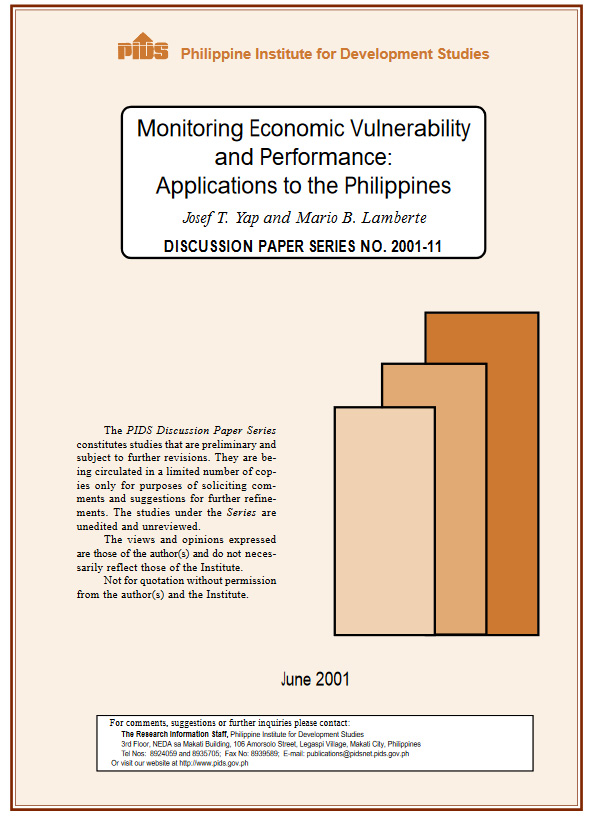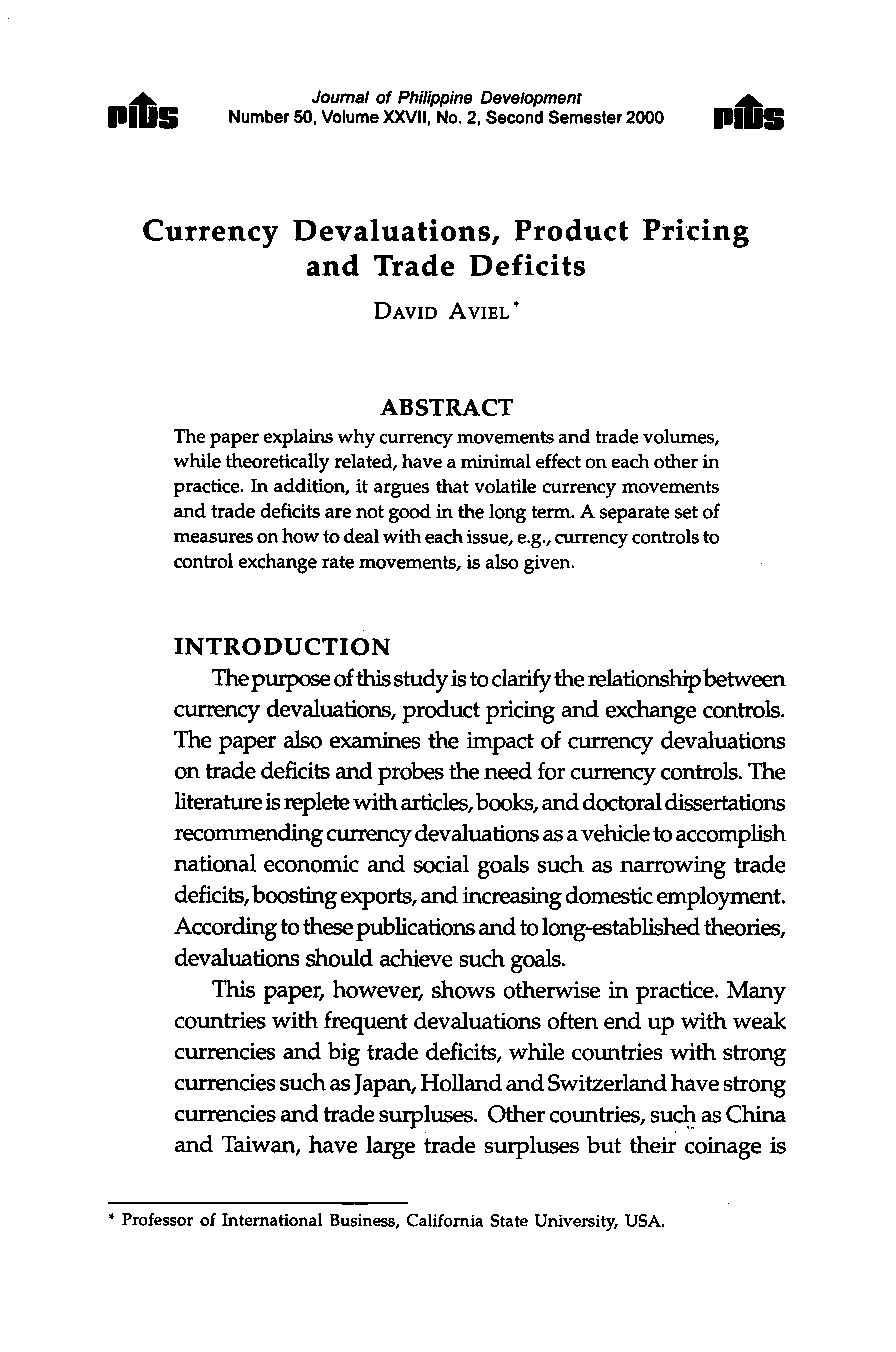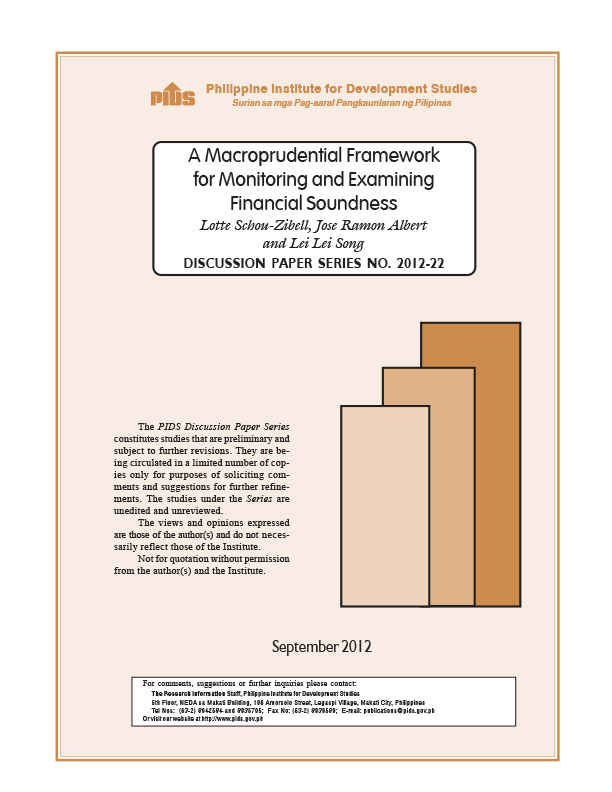The recent spate of banking and currency crises has underscored the need to develop early warning systems. These are based on economic indicators of vulnerability, which can be identified from models and theories of crises. First generation models focus on the inconsistency of macroeconomic policies and the exchange rate peg. Second generation models revolve around the possibility of self-fulfilling crises and multiple equilibria. Meanwhile, the 1997 East Asian financial crisis spawned research on third-generation models, which integrated balance sheets of banks and corporations in the framework of second-generation models. The next step is then to combine all the variables in a meaningful way that will allow the prediction of economic crises. There are two popular approaches: the probability model using limited dependent variables estimation and the signals approach of Kaminsky and Reinhart. Both these methodologies have their own advantages and disadvantages but their usefulness is constrained by the availability and timeliness of high-frequency data.
Citations
This publication has been cited 1 time
- Sevim, Cuneyt et. al. 2014. Developing an early warning system to predict currency crises. European Journal of Operational Research, 237, no. 3, 1095-1104 . Elsevier.













